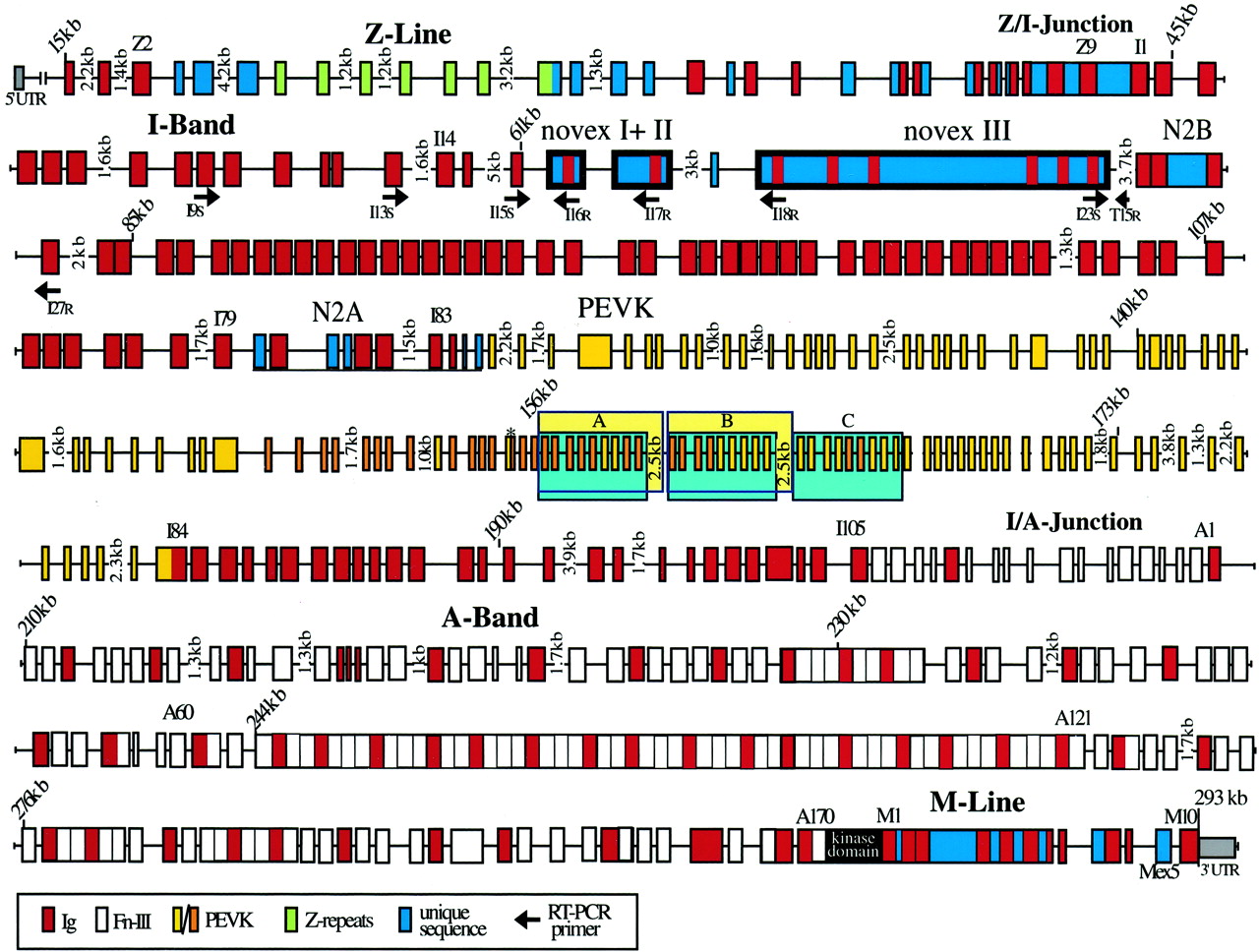- Apr 17, 2006
- 6,467
- 4,001
- 47
- Country
- Australia
- Gender
- Male
- Faith
- Atheist
- Marital Status
- Single
- Politics
- AU-Greens
Absolutely- if you corrupt it, it no longer performs it's function. Pretty straightforward
This applies to the software running this forum, blueprints, DNA, a printed book, carvings on the Rosetta Stone
There are many grey areas in science, but this really isn't one of them
That isn't an objective method of measurement. How do you detect the corruption or function?
You seem to be shifting between undefined terms for the same thing.
Again you could ask an archeologist or forensic scientist- i.e. it is a fairly disciplined process- not merely 'intuition'- even if that might be correct. And not exclusive to biology or DNA
(but more below)
Again the archaeologist and forensic scientist works from defining mechanisms and looking for familiar patterns.
We don't have anything like that for DNA and life.
I think you point to a very good (and often confused) point about complexity.
If we dump two separate piles of 100 bricks from a loader, then we build a 10 x 10 wall from one of those piles. Which pattern is more complex?
To describe the pile, I would need to specify the x,y and z coordinates of each brick's center, and then specify the rotation about each axis- 6 data points for each brick = 600 numbers to describe the pile. Then to describe how to re-create that pile, you would need a very precise order in which the bricks must be placed or the end result would be impossible.
The wall needs only very simple instructions, place 10 end to end, repeat on top of the last layer till out of bricks.. not the most architecturally sound design but you get the point
i.e. the information problem in DNA is not about mere complexity but specificity
The wall specifies not only a pile of bricks, but something purposeful beyond that.
Just asa gambler playing 3 royal flushes in a row, the specificity of the result raises the probability of something besides 'chance' at work.
As above, a hand of cards specifying no value, can be adequately accounted for by the random shuffling of the deck.
This is a common and poor analogy for the evolution of life.
The chances of pulling 3 royal flushes in a row is trivial if you get to replace one card at a time repeatedly until you get the final result.
No single example of life is the only option for the situation it is in. Every step of the way might have given a different slightly different but successful option.
Using your wall analogy the internal structure of a diamond is perfectly regular, but stainless steel is a churned up mess of metals.
And in the wider perspective, we're talking about the chance assembly of chemistry and physics constructed according to a digital blueprint- that is able to contemplate it's own existence.. a few good hands at poker is selling that a little short!
Only if you consider it the only successful end result and ignore the mechanisms for self correction.
Upvote
0


